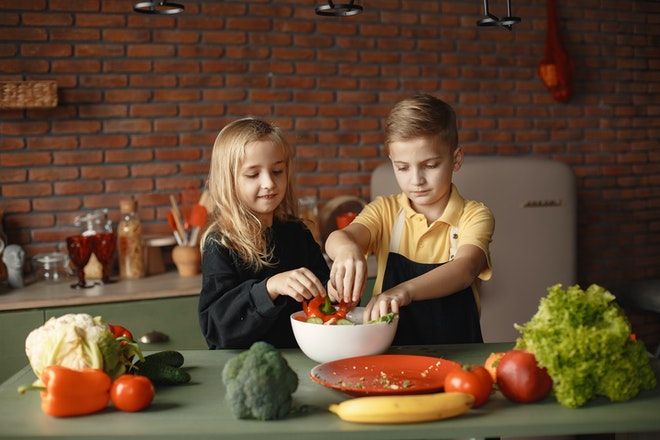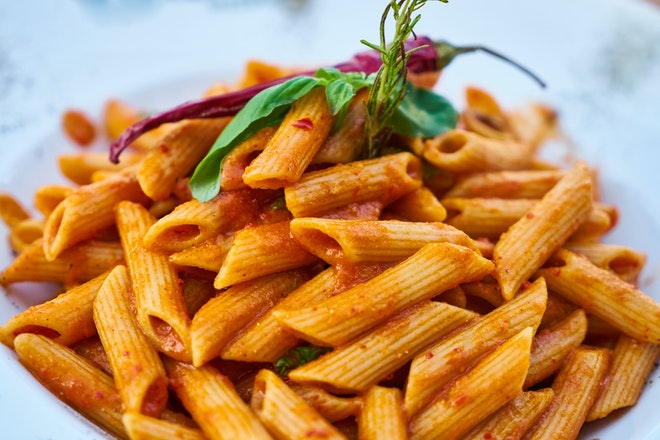Allergy-Friendly Book for your Child to Help You Cook the Best
Research shows that there are about five to eight percent of young children who is inflicted with food allergy. A food allergy is an immunologic reaction of the body when an individual is hypersensitive to a particular food protein.
With the growing number of children getting food allergies, more parents and caregivers are seeking help from a lot of resources such as books. Nowadays, there are several books which tackle information on food allergies in children. However, do not be overwhelmed by books which have tempting titles which says that theirs is the best allergy-friendly book for your child. It is only in rare occasions that you can find a book which contains everything you need to know about food allergy in children. Hence, it is best to evaluate the reading material that you are about to acquire by the following standards:
1. Overview of Food Allergy
The book must contain a general idea of what food allergy is all about. The definition of food allergy must be well-defined in a manner where even children can understand them. Additionally, the root cause of the food allergy in children should be explained.
The signs and symptoms of food allergy in children must be well-discussed. There are instances that the general signs and symptoms are different from those experienced by children. Moreover, the different treatment and prevention methods must be thoroughly talked about in your preferred reading material.
It is equally important to for any author to include food allergy related by-laws which may be helpful to you and your child. “Labeling law” is an example of state rule implemented for food allergy.
2. Types of Food Allergy in Children
The types of food allergy in children differ from those on adults. The common food allergies in children are:
? Milk – this is considered to be a common “allergen” to children especially infant.
? Peanut – severe allergic reaction may result with this type of allergy to children who have asthma.
? Egg- allergies to this type of food may cause other illness to children such as asthma and nasal allergy.
? Seafood – seafood allergy includes hypersensitivity to fish and shellfish.
? Wheat – there are children who outgrow their allergies to wheat at an early age.
? Peanut – this is said to be a life-threatening type of food allergy especially if left unsupervised.
? Soy – this is said to be the least type of food allergy to cause life-threatening situations.
3. Diagnosis, Treatment and Prevention
It is important for food allergy books to discuss apt diagnosis, treatment and prevention for children.
There are several methods to diagnose the presence of food allergy to children. Some examples are close observation to symptoms, elimination diet test, skin prick test and blood test.
Studies show that the best way to treat and prevent food allergy is to prevent consumption of allergens or triggers. For children with severe allergies in food are given emergency treatment such as wearing allergy bracelet or card information or carrying EpiPen.
4. Food Recipes
Parents are sometimes anxious that their children may not be getting the recommended amount of nutrition due to food allergy. However, there are means and ways to deal with it such as preparing food substitutes to the type of food allergy.
Recipes may also be helpful for parents or caregivers to prepare delectable meals.













